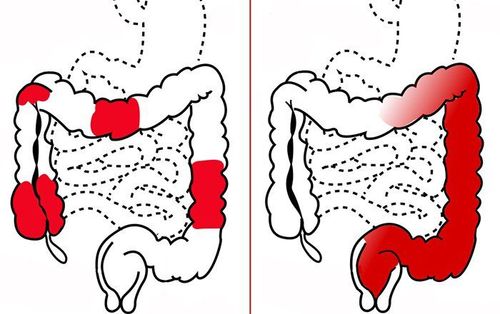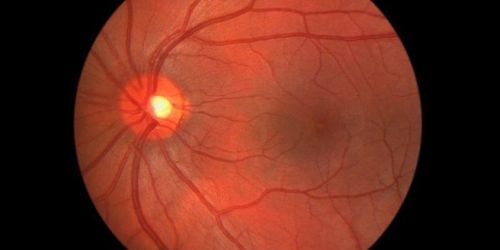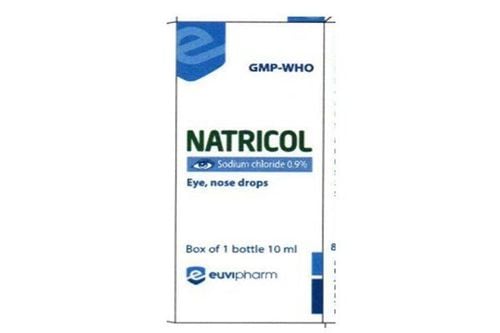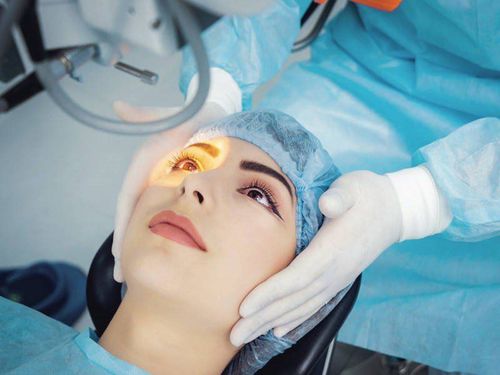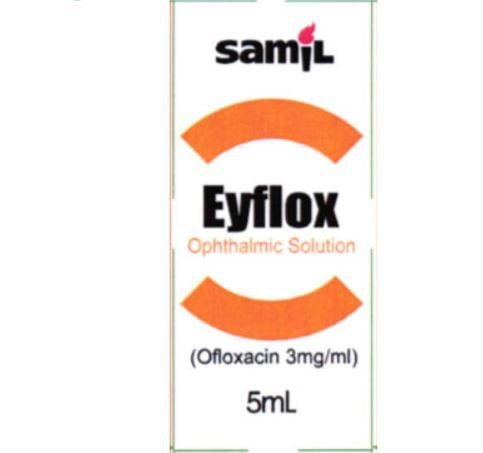This is an automatically translated article.
The article is professionally consulted by Specialist Doctor II Nguyen Thai Hung - Ophthalmologist - Department of Medical Examination & Internal Medicine - Vinmec Danang International General HospitalConjunctival suture is a procedure that uses conjunctiva to cover the cornea to protect the cornea in cases of eyelid injury, corneal tear, or to treat corneal trauma. Conjunctival coating has the effect of making ear and eye wounds less irritated, uncomfortable and heals quickly.
1. Indications and contraindications for conjunctival suture
Indications:Protecting the cornea after suturing wounds that have lost a lot of organization so they cannot be closed, or those that cannot be sutured in the eyelids; In corneal burns causing ulceration, threat of perforation or perforation; In case of injury to the cornea, sclera, corneal sclera, the two edges of the wound are not closed. Contraindications:
Conjunctival suture has no absolute contraindications, relative contraindications in the following cases:
Total loss of function in the eye, severe eyeball rupture, difficult preservation and possible high risk of infection, high sympathitis; Accompanied by extensive conjunctival lesions; Sticky eyelashes; The whole body does not allow surgery.

2. Procedure for conjunctival coating
2.1 Executor Ophthalmologist.2.2 Means Surgical Microscope; Microsurgery kit: pins, scissors, needle-carrying pliers; 10-0 nylon suture for corneal wounds, 9-0 nylon and 7/0 vicryl for scleral wounds; Betadine 5%; Sterile 0.9% sodium chloride solution. 2.3 Patients Perform comprehensive eye examination, take medical history, assess lesions. Consult the doctor before performing the procedure, explaining the prognosis, goals and possible complications during and after the procedure. 2.4 Medical records According to the general regulations of the Ministry of Health
2.5 Procedures Check the records Check the patient Perform the technique 2.6 Anesthesia The patient is under local anesthesia. For children or adults who are unable to coordinate, or severe cases of eyeball rupture, anesthesia is required to avoid further entrapment of intraocular tissues.
2.7 Technique General principles to be followed are:
Wound edge to be cleaned Treat jammed tissues Reorganize anatomically correct Suture the wound Stitching technique:
Patient is placed fixed 2 lashes, put only on 2 eyelids or use automatic rim to expose eyeballs. Wounds are cleaned by removing secretions and foreign bodies from the wound edge. To separate the iris, the doctor uses a spatul to separate the adhesion between the iris and the wound edge, especially at the posterior border. The scleral wound is dissected, and the tenon covers the wound: + Dissects the conjunctiva including the tenon and the episclera from front to back, both dissecting and exposing the wound.
+ Dissect the conjunctiva to the place where the wound is sutured to prevent further entrapment of intraocular tissue.
Manage remaining trapped tissue by very limited excision + Iris
The patient arrives early, the iris is clean and not necrotic, can push the iris back into the anterior chamber. Late treatment of patients will lead to necrosis of the iris and need to be removed. + The ciliary body: It is necessary to be very conservative, only performing the excision of the ciliary body very sparingly in case the ciliary body is necrotic or purulent.
+ Broken lens: Remove the stuck lens and stick it to the torn edge of the cornea. For the remaining vitreous to be treated, 2.
+ Vitreous: Cut out the part of the vitreous stuck outside the corneal tear edge, and at the same time minimize the extra vitreous drainage.
+ The trapped retina needs to be preserved as much as possible, and at the same time pushed through the edge of the wound into the inner eye.
2.8 Follow-up After surgery, the patient should be monitored for the following signs:
Is there any swelling at the wound edge, is it open, or is there an adhesion of intraocular organs? corneal suture or not. The anterior chamber is deep, shallow, or collapsed due to surgical cleft, distended cataract, or anterior displacement of the lens. Some signs of intraocular bleeding, uveitis, and infection. The phenomenon of retinal vitreous proliferation, retinal detachment. Patients should also pay attention to treatment as follows:
Use anti-infective antibiotics including high-dose, broad-spectrum antibiotics by ophthalmic, intraocular injection, subconjunctival injection, oral or intravenous infusion. If you have endophthalmitis, your doctor may prescribe an intraocular antibiotic injection. Use anti-inflammatory drugs with steroids and non-steroidal anti-inflammatory drugs by eye ointment, subconjunctival injection, paraocular injection, oral or intravenous injection as prescribed by the doctor. Anti-adhesive pupil dilation. Corneal nutrition supplement and post-surgery health improvement. Hemodialysis in case of intraocular bleeding.

3. Treatment of conjunctival suture complications
During the conjunctival suture process, the patient may face complications such as bleeding, failure to regenerate anterior chamber, ejection bleeding...Depending on the situation, the surgeon will handle it. By appropriate ways:
Hemorrhage due to cutting or suturing into living tissues such as iris, ciliary body, choroid of the patient: + Perform a 1/3 diluted adrenaline pump into the anterior chamber in combination with a large inflatable balloon in the front room.
+ In case the blood still does not stop, perform electrocautery to coagulate the bleeding point or inject mucus into the anterior chamber to stop the bleeding.
Failure to reconstruct the anterior chamber: + Due to the suture of the iris sticking to the cornea, it needs to be sutured.
+ Because the vitreous is broken and swollen, it is necessary to remove the vitreous to reconstruct the anterior chamber.
Hemorrhagic expulsion: is the most dangerous complication, occurs when the eyeball ruptures wide, leaving many intraocular tissues trapped, along with the patient's location with glaucoma. If the patient is undergoing surgery under general anaesthesia, efforts should be made to keep the patient's blood pressure to a minimum, and the corneal wound to be sutured as quickly as possible. At Vinmec International General Hospital, patients are carefully examined before performing conjunctival suture surgery. Besides, with a team of experienced ophthalmologists, with the support of a system of modern equipment, conjunctival suture technique is performed simply, quickly and safely.
Please dial HOTLINE for more information or register for an appointment HERE. Download MyVinmec app to make appointments faster and to manage your bookings easily.





